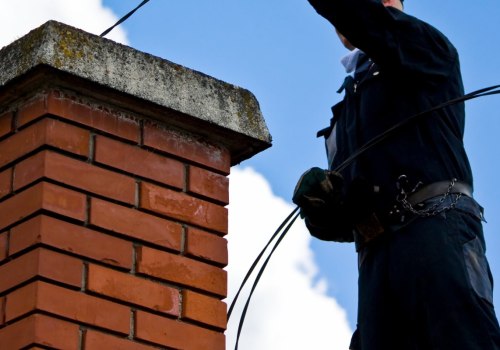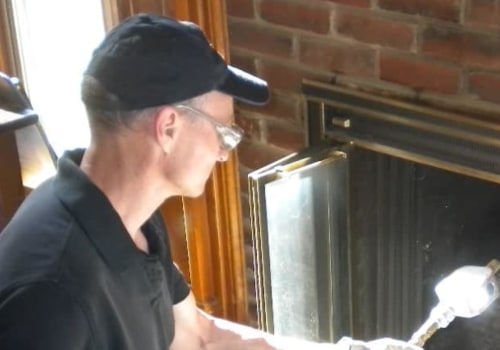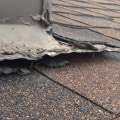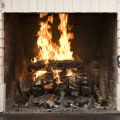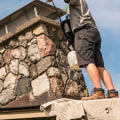The frequency with which you should have your chimney cleaned is a topic of significant importance, directly affecting both the safety and efficiency of your home heating system. Industry experts commonly recommend that chimneys be inspected at least once a year, with cleaning scheduled as needed based on the findings of these inspections. This guideline is supported by the National Fire Protection Association (NFPA), which advises annual inspections to detect any deposits or structural issues that might impede safety or performance.
The actual frequency of cleaning depends on several factors, including the type of fuel used, the quantity of use, the type of appliance, and the burning practices employed by the homeowner. For instance, wood-burning stoves and fireplaces tend to accumulate creosote more rapidly than those fueled by gas. Creosote is a combustible residue formed by burning wood, and its buildup can lead to dangerous chimney fires if not regularly removed. Homes that frequently use their fireplaces in the colder months may require more than one cleaning per year to handle the increased accumulation of soot and creosote.
Moreover, the condition of the wood being burned plays a crucial role; burning wet or unseasoned wood can accelerate the buildup of creosote, thereby necessitating more frequent cleanings. Conversely, using well-dried, seasoned wood can minimize residue accumulation, leading to less frequent need for chimney sweeps. It’s also vital to consider the age and condition of the heating system itself. Older systems may be less efficient and more prone to depositing greater amounts of combustion byproducts, hence requiring more maintenance.
Professional chimney cleaning services provide more than just soot and creosote removal. They also perform critical inspections to identify issues like cracks or blockages in the flue that could lead to dangerous situations, such as carbon monoxide leakage into the home. The professionals come equipped with specialized tools and cameras to thoroughly examine and clean hard-to-reach parts of chimney linings and flues, ensuring that the entire system is safe and up to code.
The benefits of maintaining a clean chimney are multifold. Firstly, it significantly reduces the risk of chimney fires, which can be both destructive and deadly. Secondly, it enhances the efficiency of your fireplace or stove, as a clean flue will provide better air flow and more effective heating. Furthermore, regular maintenance can extend the lifespan of your heating system by preventing the corrosive effects of soot and creosote accumulation.
While many homeowners may consider chimney cleaning a task they can undertake themselves, it is advisable to hire professionals who have the expertise and equipment to perform the job safely and thoroughly. Companies like TK Skip Hire provide examples of services that ensure the safe disposal of debris and residues from chimney cleaning, emphasizing the importance of professional handling and environmental consciousness in maintaining residential heating systems.
In conclusion, chimney cleaning is not just a safety measure but also a performance-enhancing and preventive maintenance task that should not be neglected. Adhering to the recommended schedule for inspections and cleanings can prevent fire hazards, improve heating efficiency, and avoid costly repairs in the future. Therefore, homeowners should make it a priority to consult with qualified professionals to determine the optimal cleaning frequency for their specific chimney and usage patterns, ensuring their home’s safety and warmth for years to come.
